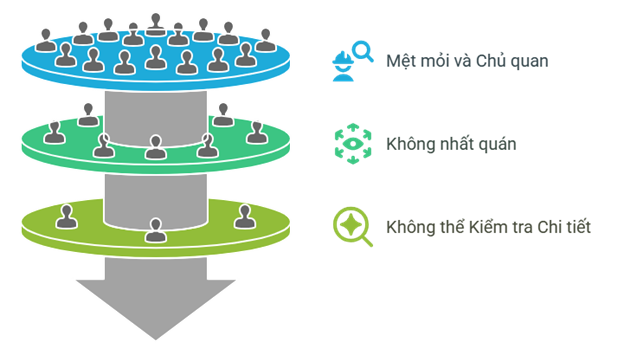
In a modern food production line, quality is no longer just a "nice to have" factor - it has become a condition for survival. A small mistake in packaging, a burn mark on the surface, or a foreign object left behind... can all lead to major consequences: returned goods, loss of consumer trust, product recalls, or even contract bankruptcy. In this context, AI cameras (machine vision systems using artificial intelligence) are becoming the new "technological referee" - completely changing the way businesses control quality.
See more